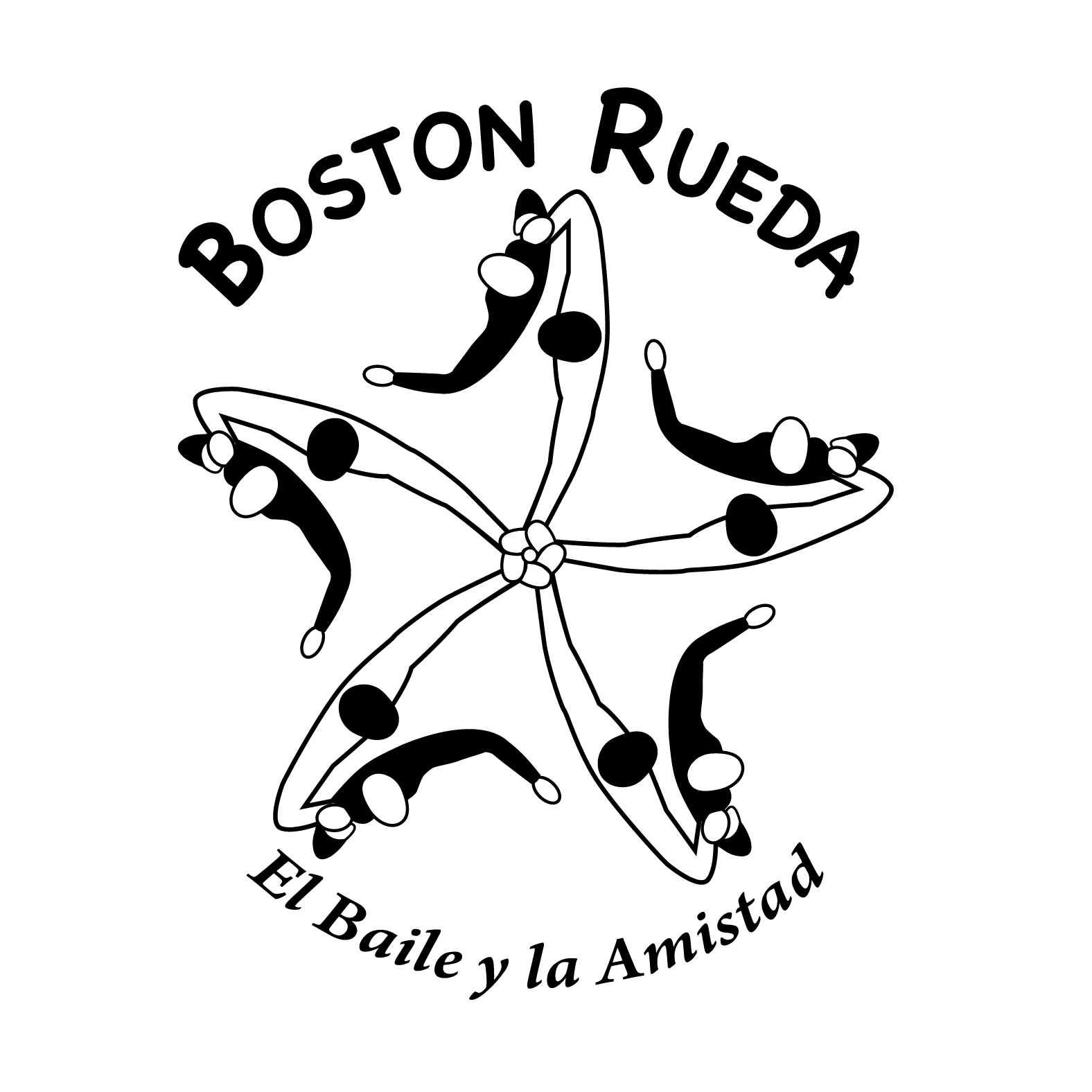Etiquette is very important in all types of dances, but especially in Rueda de Casino. Some things to pay attention to:
- Before joining a circle, observe, and ask yourself these questions:
a. What is the level of the circle?
b. What is the content?
c. Would you be a good match for the level of difficulty likely to be danced in it, or, do you know the structure being taught and if it requires an even number of partners? - If you want to enter a circle that has a balanced number of leads and follows, try to find a partner before requesting to enter the circle. Dancing with a “ghost” partner is sometimes OK, but it may not be the right situation for that particular circle.
- Stand outside the rueda with your partner and make eye contact with the cantante (caller) and get their OK before joining (even if you’re an appropriate level for the rueda, they may, for example, be planning to do a formation that only works with a certain number of couples). This tip also applies if you’re not sure if your level is correct circle.
- While in the circle, if you feel you got in over your head and think that you’re missing one move after the other, know when to step out. This can get messy as it could leave the circle unbalanced (leads vs followers) or could make another person step out with you, but it’s better than creating an unsafe situation.
- As a dancer, don’t randomly leave the circle unless the caller indicated it has ended. Sometimes callers add another call after the music ends, sometimes songs can be misleading about their ending.
- Don’t walk out of a circle just because you’re bored, once you have committed to it. It will strand one person and cause immense interruption in the flow of the Rueda.
- If you are a leader and don’t know a call, fill that move with something that you do know. Let your partner know that you don’t know it.
- Communication between lead and cantante and lead and follow, is vitally important. The lead should have a line of visual contact with the caller for several reasons like, seeing signals in a loud environment, or, reading lips, or, knowing when the call is coming, or, watching the caller perform the start of the move in case they need a jumpstart performing the called figure. Remember, performing the move, especially just to “catch up”, or, if you’re unsure on how to do it, isn’t the goal. FUN with safety is and that happens with good communication! 😀 Another way of looking at this is, leads, if you don’t know a move, don’t force it. And follows, try not to back lead without the lead knowing that you want to.
The communication between lead and follow is also important for several reasons as well, such as, if the lead does not know the call, they can convey that to the follow by either asking to be back led or, by letting the follow know that they can do a casino move until the called move has been completed. This communication is important for safety because neither the lead nor follow want to be in a situation of being surprised by the incorrect move being performed by either lead or follow. - As a caller, if you intend to call something very complex, make an announcement that dancers should be familiar with it. Announce that it’s for advanced only and not a teaching circle.
